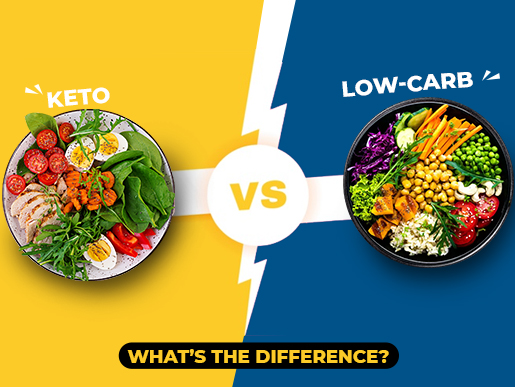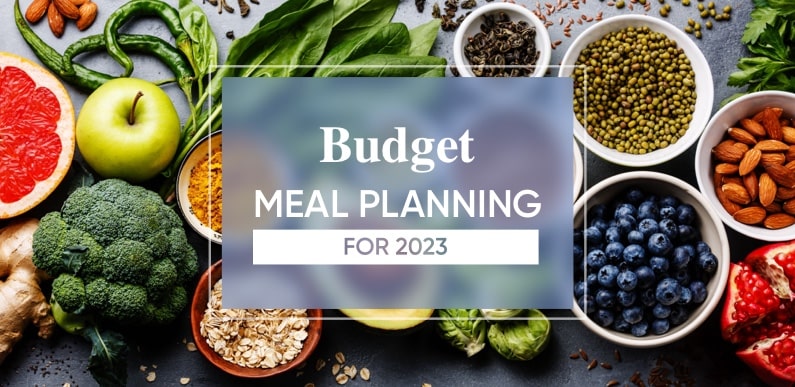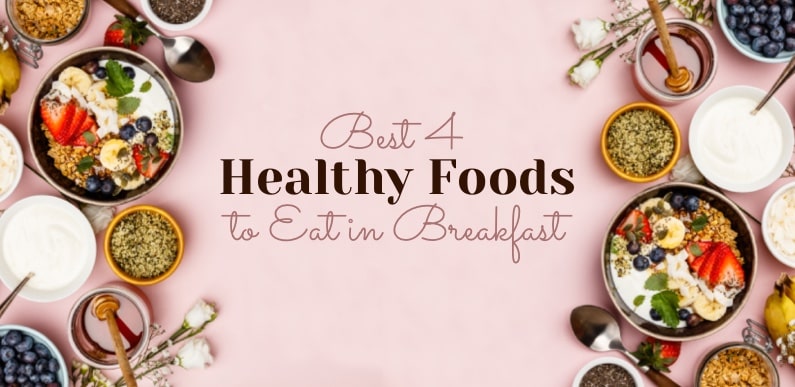Keto and low-carb are indeed different, and as with most everything in nutrition, one isn’t better than the other. Which one you should choose (if you want to go low-carb at all) depends on your goals.
Let’s take a look at the differences between keto and low-carb, the health benefits and limitations of each, and when you might want to try one over the other.
The basics of a ketogenic diet
A ketogenic diet is about as low-carb as you can go. Most people split it up by macronutrient ratio – the percentage of carbs, protein, and fat they eat in a day. As a general rule, a keto diet typically has:
- 5-10% carbs
- 15-25% protein
- 65-80% fat
You’ll notice the carbs are very low. For most people, keto means eating under 50 grams of carbs a day. That’s because you have to stop feeding your body carbs to coax it into ketosis – a fat-burning metabolic state where you use fat for your main energy source.
Let’s recap the basics of a keto diet:
- Get 5-10% of your calories from carbs (typically under 50g net carbs per day)
- 15-25% protein (moderate protein, although you may want to increase your protein intake if you’re an athlete)
- 65-80% from fat (or just eat fat until you’re satisfied)
- For most people, these macros will get you into ketosis - a state when you’re burning fat for fuel.
It can logistically be very difficult to maintain a keto diet in a modern routine.
The basics of a low-carb diet
There’s no strict definition of a low-carb, high-fat diet. Basically, low-carb is keto, but with slightly higher carb intake – maybe 75-150g of carbs a day.
Low-carb diets usually aren’t low enough in carbs to keep you in full ketosis. You’ll probably dip into a mild state of ketosis between meals and come out of it entirely after you eat carbs. You likely won’t get into full-on ketosis often on a low-carb diet, except maybe during certain times (when you’re sleeping, after a tough workout, or during a fast, for example). Keto diets often don’t have as much protein as low-carb diets do.
Paleo, Mediterranean, and high-protein diets like the Atkins diet are all examples of low-carb.
That’s not a bad thing, though. You may feel better eating some carbs. Or maybe you just don’t like the strictness keto requires – having to watch your carb intake day in and day out. That’s when low-carb becomes a sweet spot.
Click here https://fns360.live/category/nutrition/ to read more Nutrition and Diet related blogs.






